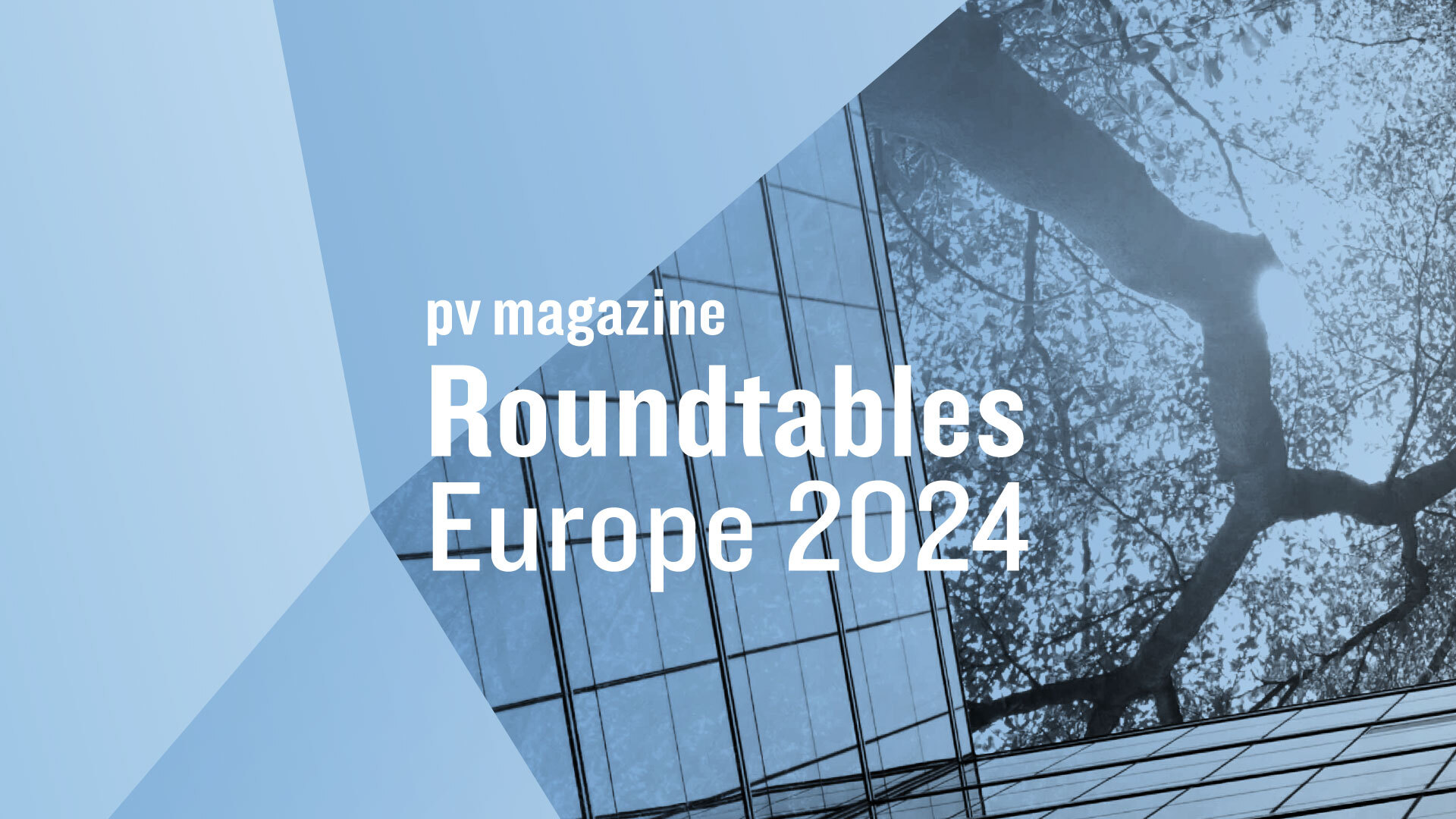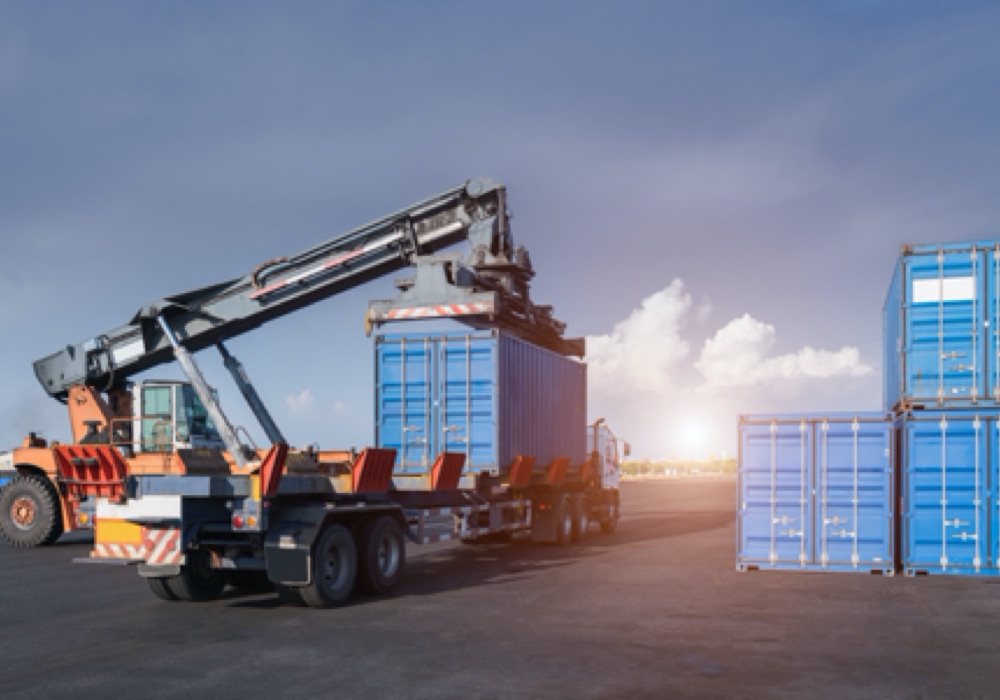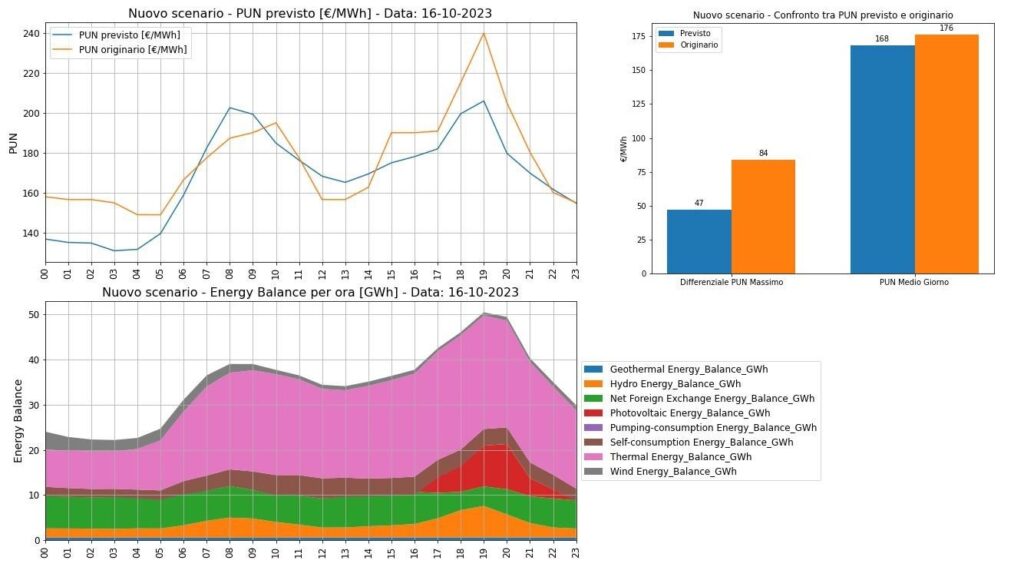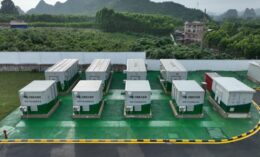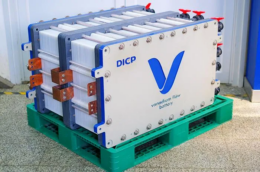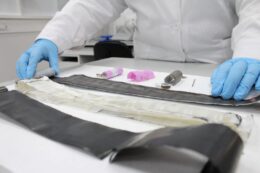Australian vehicle-to-grid trial gets $3.2 million boost

Over the next three years, Australian energy retailer and tech company Amber Electric will trial a software solution for electric vehicle smart charging and bi-directional vehicle-to-grid (V2G) services. This will enable the trial consumers in the Australian Capital Territory (ACT), New South Wales (NSW), Queensland, South Australia and Victoria to use their cars to buy and sell energy to the grid.
Amber will put an additional $4.5 million into the project to show that pairing EVs directly with the wholesale electricity market at scale can incentivise people to use their cars to buy and sell energy at times beneficial for the grid. V2G and bidirectional charging enable electric vehicle batteries to be used to stabilize the grid as well as provide homes with power during blackouts.
The project will demonstrate the effectiveness of their wholesale electricity cost pass-through model when paired with the optimised use of EV chargers, rooftop solar and home batteries to increase customer savings and enable greater utilisation of renewable energy at times when it is generated.
No petrol and utility bills but utility credit
Amber Electric co-chief executive officer Chris Thompson said the project is a huge opportunity and if the pool of EVs is engaged, there’s an incredible opportunity for customers too. “Customers can go from a world where they have a petrol bill and a utility bill to where there’s actually no petrol bill and getting a utility credit, over and over again,” Thompson said.
Amber and ARENA describe the ‘Batteries on Wheels: Unlocking value for customers through smarter charging’ project as an Australian first, due to the number of EVs set to be optimised, the inclusion of V2G optimisation and the fact this would take place in line with wholesale energy pricing.
The optimisation of V2G-capable EVs will see them charge at optimal times, power their owners’ homes and sell power into the energy grid when it’s needed most through bi-directional charging. The V2G phase of the project will progress pending necessary policy updates, plus the availability of V2G-capable vehicles and charging hardware.
Get insights into consumer habits
ARENA Chief Executive Officer Darren Miller said the project would provide insight into pathways for the commercialization of smart charging and V2G as well as uncover unique insights into consumer habits. ARENA’s funding will help to support the development and implementation of the software solution and the rollout of the chargers.
As part of the project, ACT-based distributed energy resource integration consulting service, enX will lead an independent verification of Amber’s modelling to confirm potential customer savings and assess the ability of smart charging and V2G to support grid stability and the renewable transition.
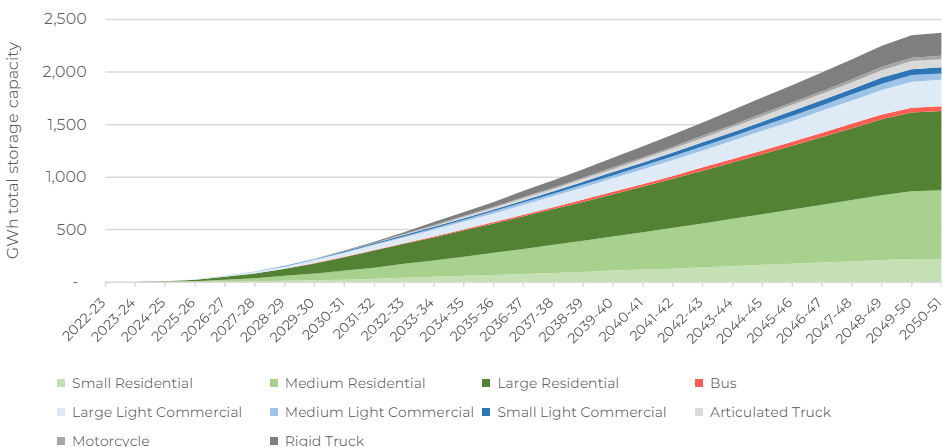
Image: enX
Earlier in 2024, enX delivered the ARENA-funded V2X.au Summary Report, which highlights that the proper implementation of V2G infrastructure, when complemented with supportive network tariffs, can have significant benefits for consumers. The report also considers that bi-directional EV charging is potentially one of the largest and lowest-cost sources of energy storage.
Technology is ready
Vehicle-to-grid technology is ready to be offered to consumers with several vehicle manufacturers equipping their new electric vehicle models with the technology. Besides privately owned vehicles, electric vehicle fleets provide unique opportunities for grid-stabilizing because of the measurable use of the vehicles. In North America, several electric school bus pilots have been run with V2G technology, able to feed back into the grid with significant capacity and measurable downtimes.
In Europe, The Mobility House, which has been cooperating closely with Renault to integrate V2G technology into the French automaker’s vehicles, just launched a business unit dedicated to V2G applications in Europe. China is also actively engaged in trialing V2G technology for the introduction of a national technical standard system for vehicle-grid interaction and a tariff mechanism for bidirectional charging.




